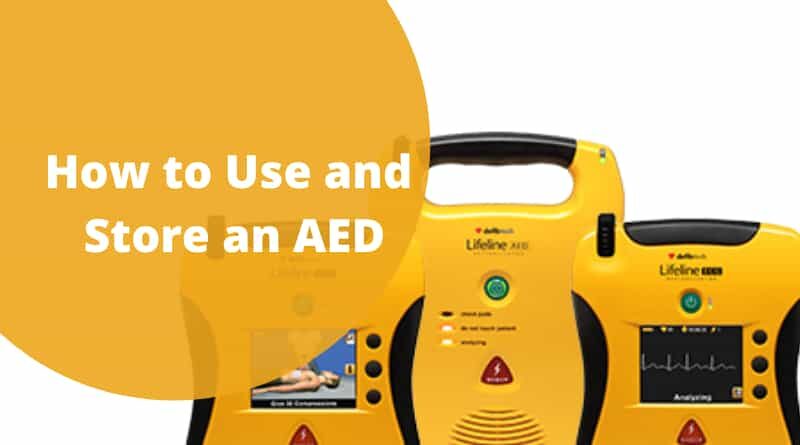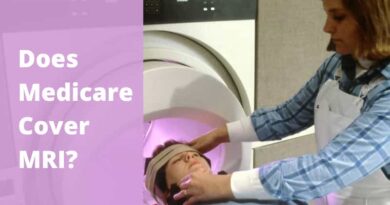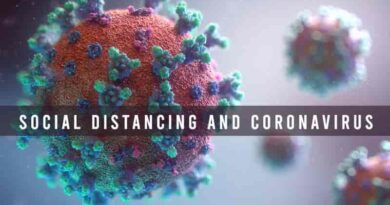Learning How to Use and Store an AED the Right Way
An automated external defibrillator (AED) can help you save a life, but only when stored and used correctly.
An AED is an advanced yet easy-to-use medical device. With very minimal setup, an AED can analyze someone’s heart rhythm and can deliver an electric shock if necessary. This electric shock, known as defibrillation, helps the heart re-establish a healthy rhythm. Timely defibrillation can make all the difference when it comes to saving the lives of people who have had a cardiac arrest.
More than 350,000 cardiac arrests occur outside of hospitals each year, according to the Centers for Disease Control and Prevention (CDC); of these, more than 18,000 Americans have a shockable cardiac arrest in front of witnesses who could potentially render aid with an AED. Unfortunately, 70 to 90 percent of all patients who experience an out-of-hospital cardiac arrest (OHCA) perish before they can get to a hospital.
AEDs are the only way to restore a normal heart rhythm during a cardiac arrest, according to the American Red Cross. Once found only in medical facilities, AEDs are now available for public use in public spaces, such as office buildings, schools, and shopping malls – and this widespread availability saves lives. In fact, an estimated 1,700 lives are saved each year by bystanders using AEDs, according to the National Institutes of Health (NIH). In addition, the NIH cites a study of nearly 50 cardiac arrests outside of hospitals and found that someone who has had an OHCA had a greater chance of survival when a bystander used an AED (67 percent) than when bystanders waited for emergency medical services to shock the patient’s heart (43 percent).
The NIH also says that an additional 500 lives could be saved each year if more people used AEDs.
Table of Contents
How to Use an AED
- Turn on the AED and follow any of the visual and/or audio prompts.
- Open the individual’s shirt and wipe their bare chest dry. Remove any medication patches (such as a nicotine patch) the person might be wearing – use gloves when possible before wiping the person’s chest to avoid getting any of the medication on your hands.
- Attach the AED pads as instructed. Plugin the AED’s connector if required for use by the AED model you are using.
- Clear the patient. In other words, make sure that nobody – including you – is physically touching the person. In a firm and loud voice, tell everyone to “stand clear.”
- Push the “Analyze” button if the AED model has one. The AED will analyze the patient’s heart rhythm to determine if defibrillation is appropriate.
- Clear the patient again. If the AED prompts you to deliver a shock to the individual, ensure that no one – even you – is physically touching the person. Again, tell everyone to “stand clear” in an authoritative voice. Once everyone is clear from the patient, press the “Shock” button.
- Start CPR after delivering the shock or if the AED does not recommend delivering a shock. Perform CPR for two minutes and continue to follow any prompts provided by the AED. If you notice signs of life, stop CPR and monitor the person’s breathing for any obvious changes.
Read: When to Perform CPR and When Not to Perform CPR
How to Properly Store an AED
Place your AED in a visible, unobstructed, and unlocked location
An AED can be expensive, so it may be tempting to put it under lock and key. They can also take up precious space, particularly in a small office or retail store where every inch is used. To be useful in a potentially life-and-death situation, though, your AED must be easy to find and quick to retrieve – even by customers and bystanders, as circumstances permit.
Store your AED in a safe place
Keep your AED in a safe location where it will not sustain damage. Be sure to store it in a cool, dry place, as exposure to hot temperatures may cause the batteries to discharge prematurely and dry out the AED pads.
Verify the battery installation is correct
Before storing your AED, make sure the battery works and is installed correctly. Struggling with a battery during an emergency can waste precious time.
Check the status/service indicator light
Verify that the status/service indicator light is not blinking or that the unit is not otherwise providing a visual or audio warning that the AED needs service.
Inspect exterior components and sockets for cracks
AEDs can take a beating during an emergency and can even suffer damage during storage. Prior to storage following an emergency, and periodically during storage, inspect the sockets and exterior of the AED for cracks or other visible signs of damage.
Read: First Aid Certificate
Make sure you have two sets of sealed, unexpired AED pads
The surface of an AED pad contains a gel that seeps into the patient’s skin to create a tight bond, which helps the AED provide an accurate analysis and strong shock. In time or upon exposure to air, this gel can dry out to cause the chemical bonding agent to break down. Using unsealed or expired pads can cause the pads to pull away from the patient’s skin during resuscitation.
Keep accurate use and maintenance records
Keep a record of each use and all maintenance of your AED. As recommended, replace the AED battery for your particular device.
For more information about properly using and storing an AED, refer to the manufacturer manual or speak to a representative. With correct storage and use of your AED, you can save a life.
Author Bio
Defibtech is a leader and innovator in the design and manufacture of life-saving resuscitation devices including automated external defibrillators (AEDs), mechanical chest compressors, and related accessories. Our medical technology devices provide easy to use resuscitation equipment that public safety, healthcare providers, and bystanders depend on every day.




